Last updated on October 24th, 2025 at 06:37 pm
With the rapid shift to remote work and global business expansion, Mobile VoIP (Voice over Internet Protocol) has emerged as a game-changer in communication technology. Unlike traditional phone systems, Mobile VoIP enables businesses and individuals to make high-quality calls over the Internet, eliminating high costs and geographical barriers through Mobile VoIP Connectivity. By leveraging cloud-based solutions, AI-driven call management, and seamless integrations with business tools, Mobile VoIP is redefining the way people connect. In this blog, we explore 11 transformative ways Mobile VoIP is shaping the future of connectivity.
Table of contents
- How is Mobile VoIP Changing the way Businesses Connect with Customers and Teams?
- How Mobile VoIP Transforms Connectivity
- 1. Cost-Effective Communication
- 2. High-Quality Voice & Video Calls
- 3. Global Accessibility & Remote Work Enablement
- 4. Seamless Integration with Business Tools
- 5. Advanced AI-Powered Features
- 6. Secure & Encrypted Communication
- 7. Scalability & Customization
- 8. Omnichannel Communication & Collaboration
- 9. Reduced Infrastructure & Maintenance Costs
- 10. Support for 5G & Future-Ready Technology
- 11. Optimized for Answer Engine Optimization (AEO)
- Conclusion
- Frequently Asked Questions
How is Mobile VoIP Changing the way Businesses Connect with Customers and Teams?
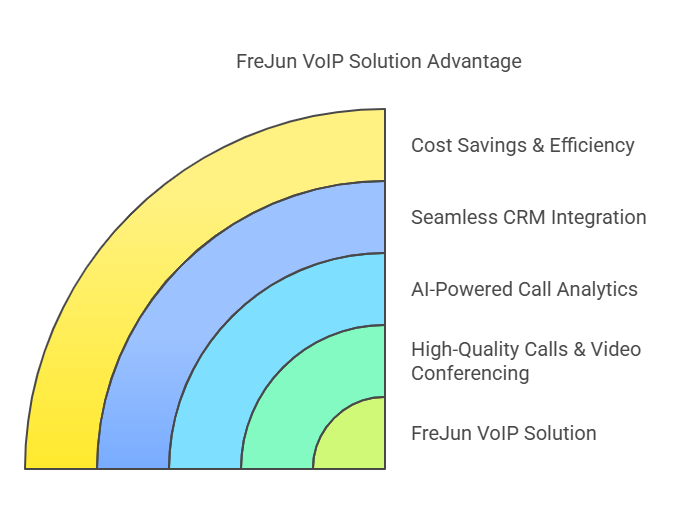
Mobile VoIP allows professionals to make and receive business calls over the internet using mobile devices, eliminating dependence on desk phones or traditional carriers. Platforms like FreJun enhance this transformation by providing business-grade features such as call recording, CRM sync, click-to-call, and analytics, enabling remote teams to stay productive, responsive, and fully connected from anywhere.
How Mobile VoIP Transforms Connectivity

1. Cost-Effective Communication

One of the biggest advantages of VoIP is its affordability compared to traditional phone systems. Businesses save money on local and international calls, infrastructure, and maintenance costs.
Why It Matters:
- Lower call rates compared to landlines.
- No expensive hardware or phone line installations.
- Free VoIP-to-VoIP calls within the same provider network.
- Eliminates costly maintenance fees associated with PBX systems.
- Pay-as-you-go plans or subscription models provide budget flexibility.
- Businesses with international clients can drastically cut long-distance charges.
- Predictable monthly costs eliminate billing surprises.

2. High-Quality Voice & Video Calls

High-quality voice and video calls can be made using video conferencing platforms like Google Meet, Zoom, and Microsoft Teams. You can also make HD calls on some smartphones. VoIP services use advanced HD voice technology to provide clearer and more reliable calls compared to traditional telephony. A high-quality voice call refers to a phone conversation where the audio is exceptionally clear, with minimal background noise, natural sounding voices, and a full range of frequencies, allowing for a seamless and realistic communication experience; often achieved through advanced technologies like HD voice, which transmits a wider bandwidth of sound, enabling listeners to hear subtle nuances in tone and inflection, making the conversation feel more personal and engaging.
How It Transforms Communication:
- Uses HD voice codecs to enhance call clarity.
- Adaptive bandwidth management ensures seamless call quality even on weak networks.
- Noise cancellation & echo reduction create a superior calling experience.
- Supports crystal-clear video calls with minimal lag.

3. Global Accessibility & Remote Work Enablement

With VoIP, employees can make and receive calls from anywhere using their laptops, mobile phones, or softphones. Mobility benefits and remote work support can help employees work remotely from anywhere while still feeling connected to their company.
Why It’s Essential:
- Works from anywhere with an internet connection.
- Removes the need for SIM cards or physical landlines.
- Enables seamless international business communication.
- Supports mobile-first workforce strategies.
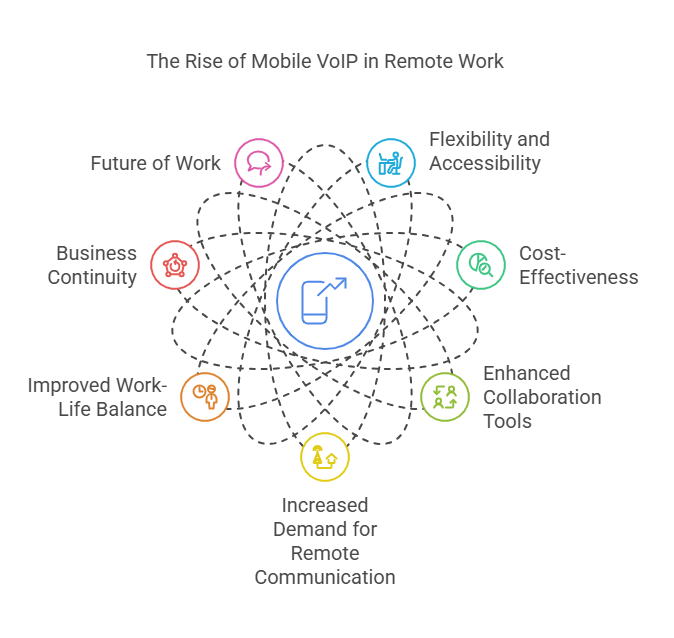
4. Seamless Integration with Business Tools

Modern VoIP systems integrate with popular CRM and productivity tools “Seamless CRM & Business Tool Integration” refers to the process of connecting a Customer Relationship Management (CRM) system with other business tools and applications in a way that allows data to flow smoothly between them, eliminating the need for manual data entry and creating a unified view of customer information across different platforms, ultimately improving operational efficiency and decision-making within a company.
How It Enhances Productivity:
- Integrates with CRM platforms (Salesforce, HubSpot, Zoho CRM).
- Connects with Slack, Microsoft Teams, and Google Workspace.
- Enables automated call logging and tracking.
- AI-driven analytics provide insights into customer interactions.

5. Advanced AI-Powered Features

VoIP platforms with AI offer real-time call tracking and analytics to optimize business communication. “AI-powered call analytics & insights” refers to the use of artificial intelligence to analyze recorded phone conversations, extracting valuable information like customer sentiment, key topics discussed, and agent performance, providing deeper insights into customer interactions beyond basic call metrics like duration and volume, ultimately allowing businesses to optimize their customer service and sales strategies based on real-time data analysis.
Transformative Capabilities:
- AI-driven call transcription for instant documentation.
- Real-time sentiment analysis for customer engagement insights.
- Automated voice assistants handle routine inquiries.
- Smart call routing optimizes the customer experience.

6. Secure & Encrypted Communication

Security is a top concern for businesses, and VoIP providers offer advanced encryption and security features to protect communications. “Increased security and data protection” refers to implementing stronger measures to safeguard sensitive information by limiting access, utilizing encryption, and employing robust security protocols to prevent unauthorized access, data breaches, and potential misuse of personal data, ensuring greater privacy for individuals and organizations alike.
Key Security Features:
- End-to-end encryption for data protection.
- Multi-factor authentication (MFA) prevents unauthorized access.
- Fraud detection algorithms enhance call security.
- Compliance with GDPR, HIPAA, and industry regulations.
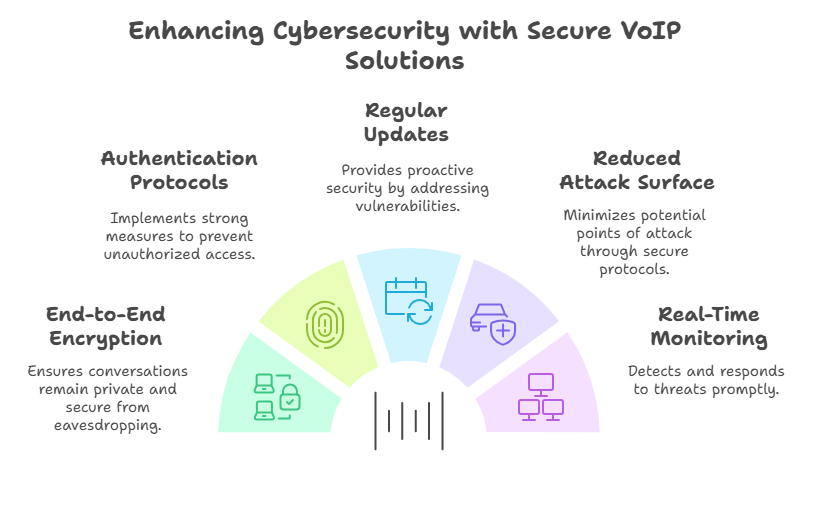
7. Scalability & Customization

As businesses expand, VoIP systems make it easy to add new users and features without upgrading hardware. “Scalability for growing offices” refers to the ability of office space and its infrastructure to adapt and expand seamlessly as a company grows, allowing for increased staff, operations, and demands without compromising efficiency or functionality, often achieved through flexible layouts, adaptable technology, and strategic planning for future needs.
Why It’s a Game-Changer:
- Businesses can add or remove users instantly.
- Custom VoIP solutions tailored for different industries.
- Supports small businesses to global enterprises.
- Adapts to seasonal demand changes without extra infrastructure.
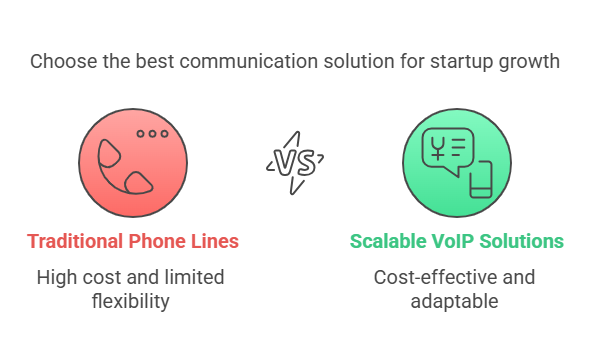
8. Omnichannel Communication & Collaboration

“Omnichannel communication and collaboration” refers to a business strategy where all communication channels, like email, phone, social media, and in-person interactions, are seamlessly integrated, allowing customers to interact with a company across any platform while maintaining a consistent and unified experience, regardless of the channel they choose; this is achieved through robust data sharing and coordinated collaboration across different teams within the organisation to provide a smooth customer journey.
How It Streamlines Connectivity:
- Supports calls, texts, video meetings, and messaging apps.
- Integrates with WhatsApp Messenger and other social channels.
- Enables team collaboration through unified dashboards.
- Syncs with customer support software for seamless interactions.

9. Reduced Infrastructure & Maintenance Costs
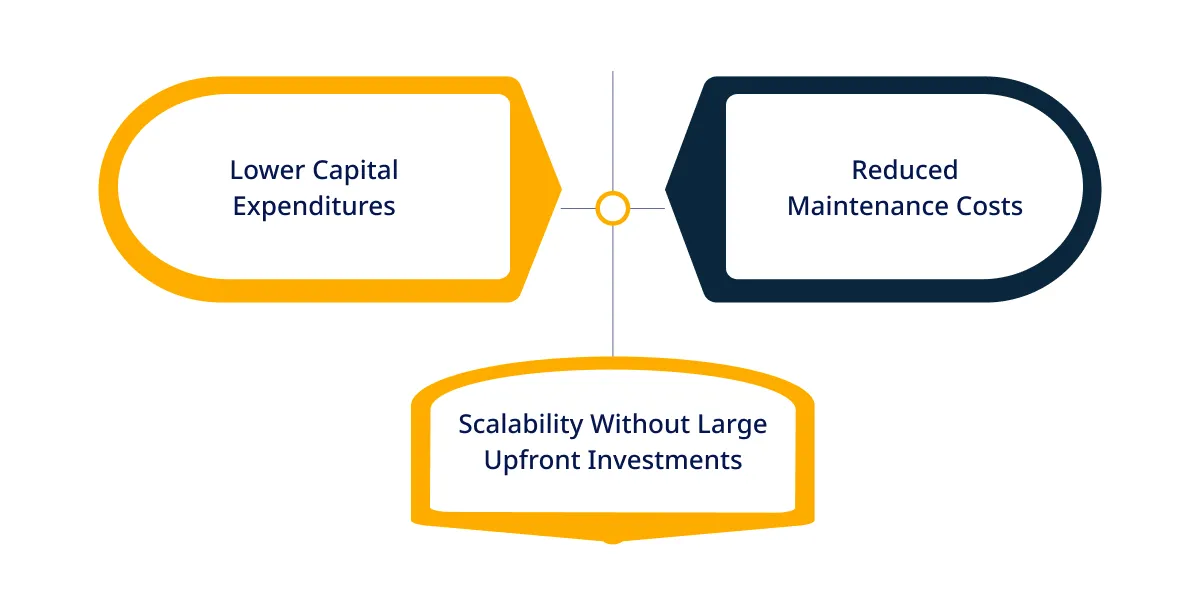
To reduce infrastructure and maintenance costs, you can improve maintenance strategies, plan more efficiently, and invest in preventive maintenance.
Why Businesses Benefit:
- No need for expensive hardware installations.
- Cloud-based hosting eliminates server maintenance costs.
- Automatic software updates ensure the latest features.
- Reduces IT dependency for troubleshooting.
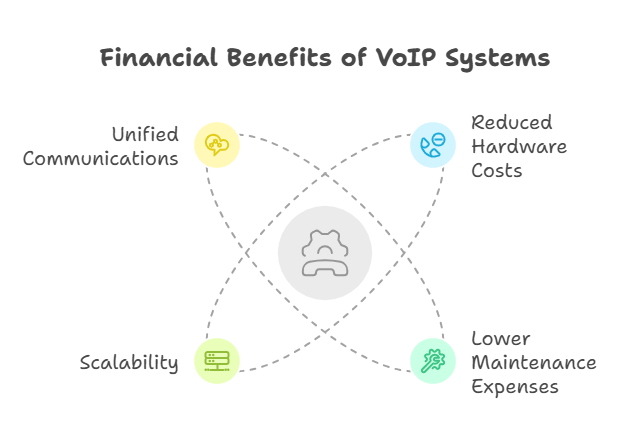
10. Support for 5G & Future-Ready Technology

The arrival of 5G technology is changing the way we connect and communicate. With its unmatched speed and low latency, 5G technology and Its Impact on communication networks are reshaping industries, sparking innovation, and improving daily life.
The Future of VoIP:
- 5G-enabled VoIP ensures ultra-fast and stable connections.
- IoT integration connects VoIP with smart devices.
- AI-driven chatbots provide 24/7 customer support.
- Predictive analytics optimise call efficiency

11. Optimized for Answer Engine Optimization (AEO)

Optimized for Answer Engine Optimization (AEO)” means that a piece of content is specifically designed to appear in answer boxes or featured snippets on search engine results pages (SERPs), providing direct, concise answers to user queries, rather than just ranking high on a list of web pages; essentially prioritizing providing quick, clear information to users through voice search and AI-driven search engines. This approach aligns with the evolving digital strategies supported by SayNine, helping brands craft content that meets the needs of AI-driven search engines while improving visibility and engagement.
How Mobile VoIP Aligns with Future Search Trends:
- Conversational content structure improves visibility.
- Optimized for question-based queries like “What is Mobile VoIP?”
- Structured data (Schema Markup) enhances Google’s understanding.
- FAQ sections improve the chances of appearing in Google’s Answer Box.
- Designed for zero-click searches to drive instant user engagement.
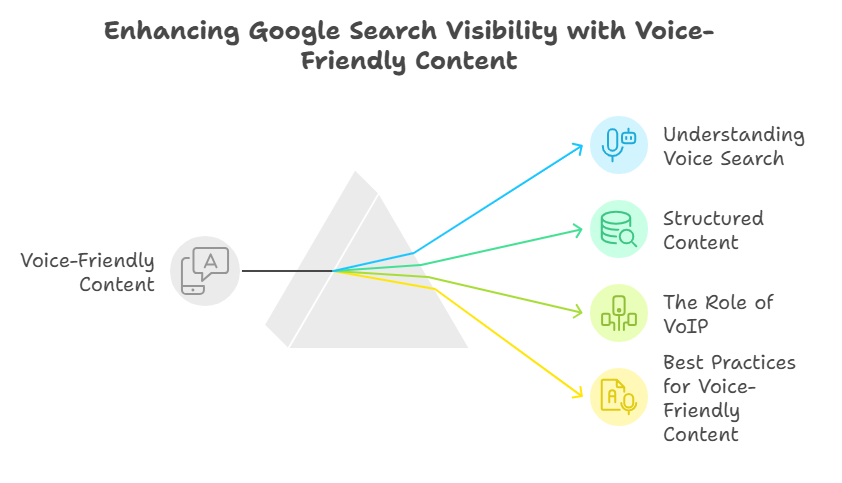
Conclusion

Mobile VoIP is revolutionizing the way businesses and individuals communicate, offering cost-effective, flexible, and scalable solutions. With AI-powered automation, seamless integrations, and secure cloud-based architecture, Mobile VoIP ensures future-ready connectivity.
By embracing 5G, omnichannel communication, and real-time analytics, businesses can enhance customer interactions, streamline operations, and stay ahead in the digital landscape.
Upgrade to FreJun Today and transform your communication experience with next-gen Mobile VoIP!
Further Reading: Top 11 UAE Calling Service Providers for Large Enterprises
Frequently Asked Questions
FreJun allows users to carry their business phone line on their smartphone, making work communication seamless even while travelling or working remotely.
Yes. FreJun enables calls over Wi-Fi or mobile data, ensuring stable connectivity without needing a traditional phone network.
Absolutely. FreJun includes shared call history, internal directories, and team-wide access to communication logs, keeping everyone on the same page.
Yes. FreJun uses end-to-end encryption and secure login protocols to protect call data and ensure compliance.
Definitely. FreJun significantly lowers the cost of domestic and international business calls by routing them through the internet.
Yes. FreJun integrates your mobile calling activity with popular CRMs, so all interactions are logged, tracked, and actionable.
Very easy. FreJun offers centralised control through its admin dashboard, allowing managers to monitor calls, assign users, and adjust settings — all remotely.
